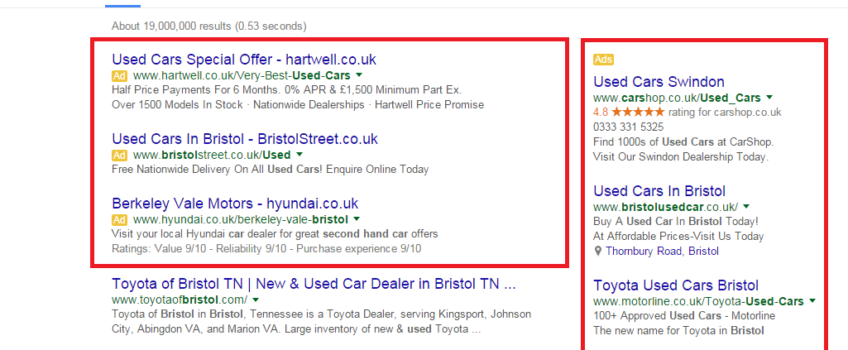
The world of Paid Ads online can be a slightly confusing one, full of acronyms and jargon. Often multiple labels can be applied to a single ad. The two simplest ways to categorise Paid Ads are to split them into Search Ads and Display Ads.
- Search Ads – These are designed to appear when the consumer is already looking for an answer or product. The most common form is a Google Ad, these are the paid-for results that show above organic results when you use Google to search for something.
- Display Ads – These are the ads that appear at other times. For instance the kind of ads that play before watching a Youtube video or the banners that appear alongside the original content on a website.
Often Display and Search intertwine in a variety of ways. Complex tracking and search algorithims keep track of what you search for and display content based on those searches, so most of the time Display Ads and Search Ads aren’t entirely seperate.
With all that in mind I’ve created a short guide to introduce you to the various different types of Paid Ad you might come across. At the end of the article there is also an explanation of some of the acronyms you’ll often come across when talking about Paid Search, so if there’s one you don’t understand just scroll down to the bottom for an explanation..
Traditional PPC – Search Engine Text Ad
These are the most common form of Pay Per Click Ad. They show up in the SERPs ahead of organic listings. Depending on the cost of the ad and the search engine they may appear above, to the right or below organic listings. They are required to idenfity themselves as paid-for content. Google AdWords has the biggest market share of these Ads, but Yahoo and Bing also have their own ad platforms.
These ads are simple and elegant, you decide the search term that will trigger them and simply write your Ad as you’d like it to appear, following the search engine guidelines of course. They work on a ‘bid’ system, the higher you would like to appear in the SERPs the more you will have to pay. Keywords with little competition are cheaper. It’s possible to target these ads in a number of ways, by location, time of day or by using negative keywords are just a few examples.
These ads are easily tracked, measured and managed. Setting a budget is easy and you can target them very specifically. It’s also important to remember that you only pay when someone clicks on the ad, so you’re not paying everytime you make an impression but every time a consumer makes the choice to choose your ad. Search Engine PPC is easy to start but difficult to master and it’s a never ending learning curve!
Google Shopping
Google Shopping ads work in a very similar way to traditional PPC ads. They work based on keywords, are highly targetable and highly measureable. They are perfect if you have a product to sell and consistently return lower Cost Per Conversion than text ads. However you have to adhere to strict Google rules and systems when it comes to your online inventory. We’ve writtena whole blog on the pro’s and con’s of Google Shopping here.
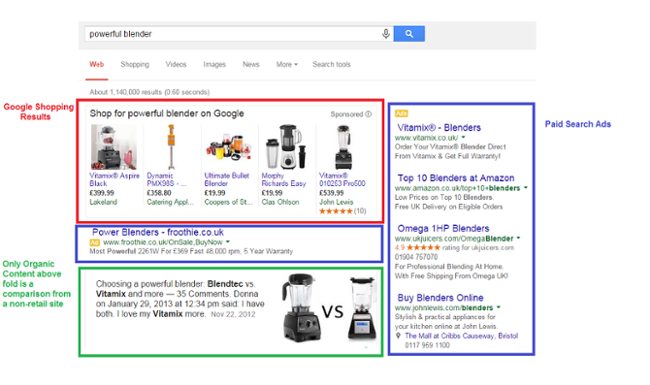
Using Google Shopping ads with well targetted SEO and text PPC ads can allow you to have a huge footprint on the frontpage of Google if you manage the campaigns correctly.
Native Ads
Native Ads are ones that blend into the other content on the webpage. You often find them on publisher sites (News, Journalism etc) and most Social Media Ads take this form. The idea behind them is two-fold. From the publisher’s point of view they are relatively unobtrusive and unlikely to cause an adverse reaction in the casual consumer. For the advertiser these kind of ads may bypass our subconscious ‘ad-block’ and they do tend to return better interaction rates than Banner Ads.
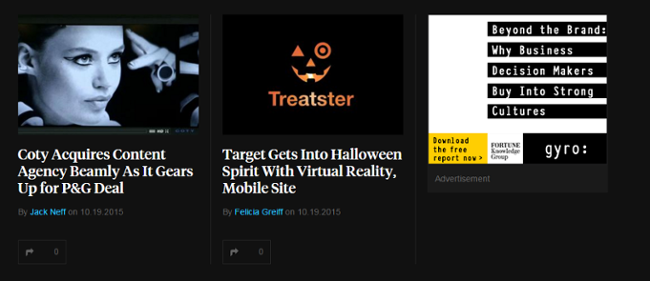
Here we see the Native Ad on the right hand side of the page, though not completley inconspicious it does mostly fit in with the style of the content on the page. Native Ads are required to identify themselves as paid-for content, usually by marking the ad as ‘Promoted’ ‘Sponsored’ or simply as ‘Advertisment.’
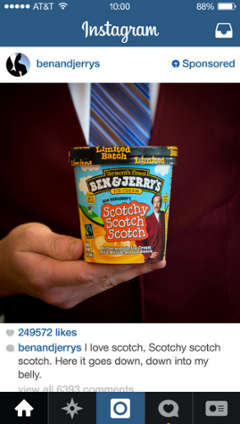
Remarketing / Retargeting
These ads combine Search and Display to an extent. Remarketing is the practice of displaying an ad based on the user’s history. This is why if you’ve been searching for holidays you’ll suddenly find lots of banner ads for travel companies and hotels popping up on the sites you visit. Remarketed content generally comes in the form of traditional Display Ads or as Native Ads.
Remarketing can be a great way to increase your brand recognition and awareness. It’s a little more difficult to set up than standard Display Ads and PPC, but once it is you can have your brand and products follow your customers around the web. You can use all the same targetting techniques as with other Paid Search Ads aswell as having the qualifier that you know they’ve shown some interest in your company or product already.
Display Ads
These are your classic advertisments though they’ve gone through a lot of changes in the last 10 years. Five years ago you might expect flashing and scrolling ads at the side of a page, impossible to ignore and generally ill received. These days advertisers are much more in tune with what the consumer will tolerate, with the rise of Ad-blocking Apps advertisers now understand the trade-off between trying to get the attention of a customer and being blocked out completley.
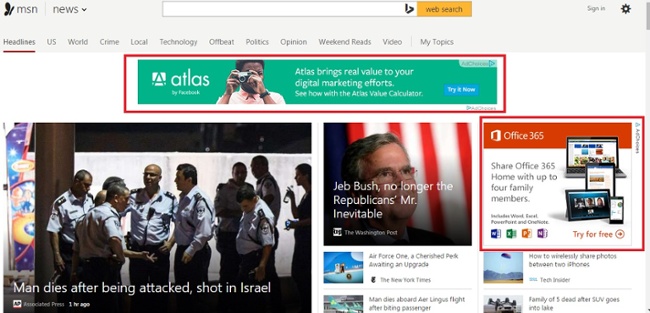
Here we see two examples of typical Display Ads. These kind of ads will typically pay an amount for every impression they make and have a notoriously low Click Through Rate. Display Ads have their place but generally are used only by larger businesses.
Social Media Ads
Most Social Media platforms have some Ad capability. The one most interesting to Marketers are the inline, native ads. For a long time Facebook has had Display Ads but these receive the same attention as any other Display Ads. ‘Promoted’ and ‘Sponsored’ content on Facebook, Twitter and Instagram has managed to achieve some great success. In part this is because of the native element, how these ads blend into your newsfeed.
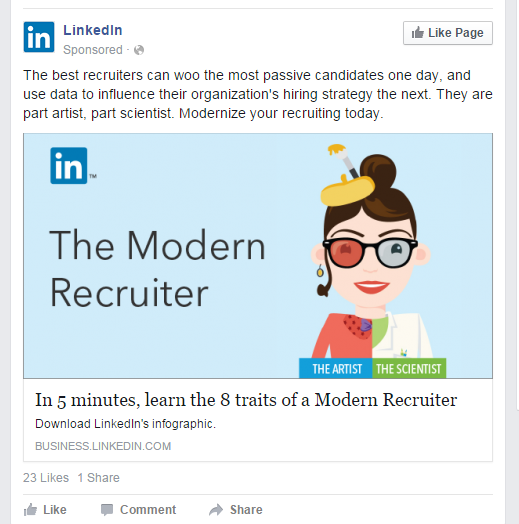
These ads are also very carefully crafted. The great thing about ads on a Social Platform is they can be shared and interacted with in many more ways than a normal ad. Interaction is king on Social Media. Social Media Ads also allow for the greatest amount of targetting, depending on the size of your targetted segment they can also be highly affordable. A common strategy for businesses is to create a post and then promote it once or twice over the course of a week, this gives them a second bite at the cherry and has the added bonus of all the previous post interaction still being there creating the iillusion of a larger conversation being ongoing.
Inbox Ads
Google has recently made the Google Mail Inbox open to all AdWords users. This means that you may now find ‘Sponsored’ content sitting at the top of your email box. Just as with all other Native Ads they have to identify themselves as paid-for content. These ads use not only your search history and cookies but the actual content of your inbox to better target ads toward you.
These are perhaps the most targetted ads offered by Google and they remain reasonably unobtrusive. Unless clicked, they simply appear like an email.
SERPs – Search Engine Results Page
Impressions – The amount of times your ad is seen, 100 impressions means the ad was viewed 100 times
CPC – Cost Per Click, how much you will pay if someone clicks your ad. This is what you ‘bid’ to try and get a place high on the first SERP
Cost Per Conversion – The cost associated with someone converting, conversion could be filling out a form or buying a product. If 1 person in 10 who click your ad convert then your Cost Per Conversion will be roughly 10 times your CPC
SEO – Search Engine Optimisation, making sure the content on a page is designed to rank highly in search engine results
Click Through Rate – The amount of people who click on the ad versus the amount of impressions it makes. A 2% CTR means that 2 out of every 100 people that see the add will click it
Related Post
Top Tips for Product Page...
As the internet evolves and user expectation becomes increasingly sophisticated, creating...
- May 31, 2011
- By Rob Thomas
- e-Commerce
How To Drive Sales With...
Landing pages have long been the primary tool of the web-savvy marketer. Whether the...
- June 12, 2011
- By Nadine Thomas
- e-Commerce
Top Tips for Product Page...
Your website marketing activities are geared to getting a qualified audience to your...
- June 14, 2011
- By Rob Thomas
- e-Commerce
6 reasons why you should be...
When you hear the words ‘sales tracking’, it is often associated with large chunks of...
- July 23, 2013
- By Rob Thomas
- e-Commerce
5 Benefits To A Responsive...
According to a Google study this year (2013), two thirds of smart phone users expect...
- November 14, 2013
- By Rob Thomas
- Digital Marketing
Making PPC (pay-per-click...
Perhaps you’re just getting to grips with search engine optimisation (SEO) and adding...
- April 23, 2014
- By Rob Thomas
- Digital Marketing


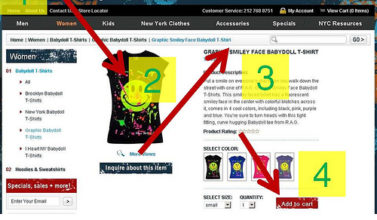
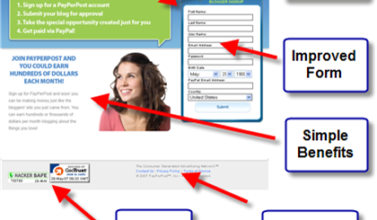
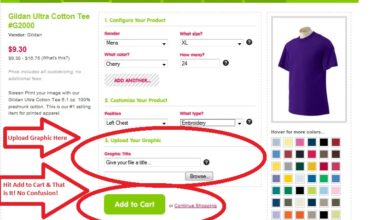


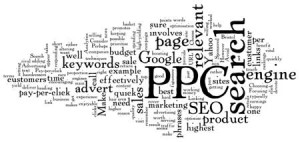




[…] as potential customers carry on with their daily lives, Remarketing gives you the opportunity to put customised ads in front of them so they don’t forget about your offering when it comes to making their final decision on a […]